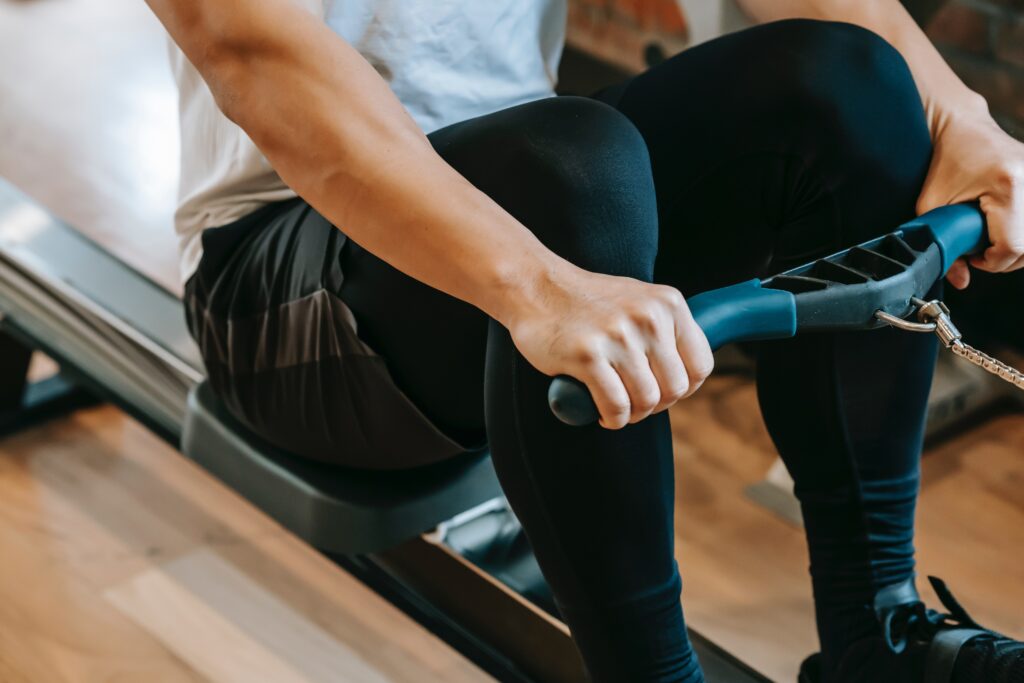Tips for Recovering from Hip Adductor Strain and Tendinopathy: The Importance of Physical Therapy
Introduction
Physical therapy is a powerful tool in treating a wide range of injuries, including hip adductor strain and tendinopathy. People suffering from this condition experience pain and discomfort while performing everyday activities like walking, running, and bending down. The condition stems from the deformation of muscles and tendons located in the inner thigh, causing inflammation and chronic pain. Fortunately, physical therapy is a highly effective treatment method that provides symptomatic relief and restores mobility to the affected area.
Physical therapy involves a series of exercises aimed at strengthening the affected muscles while also reducing inflammation. These exercises range from stretching to resistance training that promotes muscle regeneration. Physical therapists work closely with their patients to come up with a customized treatment plan that aligns with their specific needs. Combining physical therapy with a healthy lifestyle and proper nutrition can help patients achieve long-term healing results and regain their overall physical health.
What to Expect at Physical Therapy
When someone visits their physical therapist for hip adductor strain or tendinopathy treatment, they can expect an initial evaluation. During this assessment, the medical history will be evaluated, including previous injury to the area and other involved joints.
The physical therapist will then assess the joint’s range of motion (ROM), strength, and flexibility and check for signs of inflammation or weakness. Based on these findings, a unique treatment plan will be created to address each patient’s specific needs.
An individualized treatment approach ensures a faster and more effective recovery process tailored to the patient’s concerns and health goals. A physical therapist can help develop a personalized treatment plan that addresses the patient’s condition, symptoms, and any underlying weaknesses or limitations.
What Types of Exercises Might You Do?
Exercises that can help alleviate hip adductor strains or tendinopathies include:
- Stretching exercises – promote flexibility in the affected muscle group.
- Strengthening exercises – aid in achieving greater stability in the surrounding muscles, reducing possible further injury.
- Balanced exercises – work to improve the balance between all muscles, allowing for improved coordination and joint stability.
Physical therapists will typically develop a program that includes these types of exercises and progress them appropriately as the patient progresses through their recovery process. The physical therapist can also provide guidance on proper
Stretching and strengthening exercises together help reduce straining of the surrounding muscles and aid better stability and flexibility. Additionally, manual therapies like massage or myofascial release may help in the process of alleviating symptoms.
How Long Does Recovery Take?
Recovery time for hip adductor strain or tendinopathy varies greatly depending on each individual’s circumstances; however, it typically takes anywhere between 6-8 weeks before patients start feeling noticeable improvements in their symptoms. During this time frame it’s important that patients remain consistent with their physical therapy sessions so that progress is maintained while working towards long-term goals set by their healthcare provider.
How Does Physical Therapy Prevent Reinjury?
Physical therapy is crucial for preventing re-injury after recovering from a hip adductor strain or tendinopathy. It enhances strength and flexibility around key joints such as the hips and lower back, heavily involved in regular walking or running. By integrating proper form in exercises, such as squats and lunges, patients can reduce the risk of re-aggravation. These techniques should extend beyond PT sessions and support daily activities.
Conclusion
Hip adductor strains can cause pain during everyday activities if not treated with proper rest and rehab protocols by qualified healthcare providers. Physical therapists specializing in sports medicine offer tailored treatments to athletes, including stretching, strengthening, and massage/myofascial release. Consistent adherence to these therapies can lead to a recovery time of 6-8 weeks. Keep pushing forward and believe that brighter days lie ahead!

